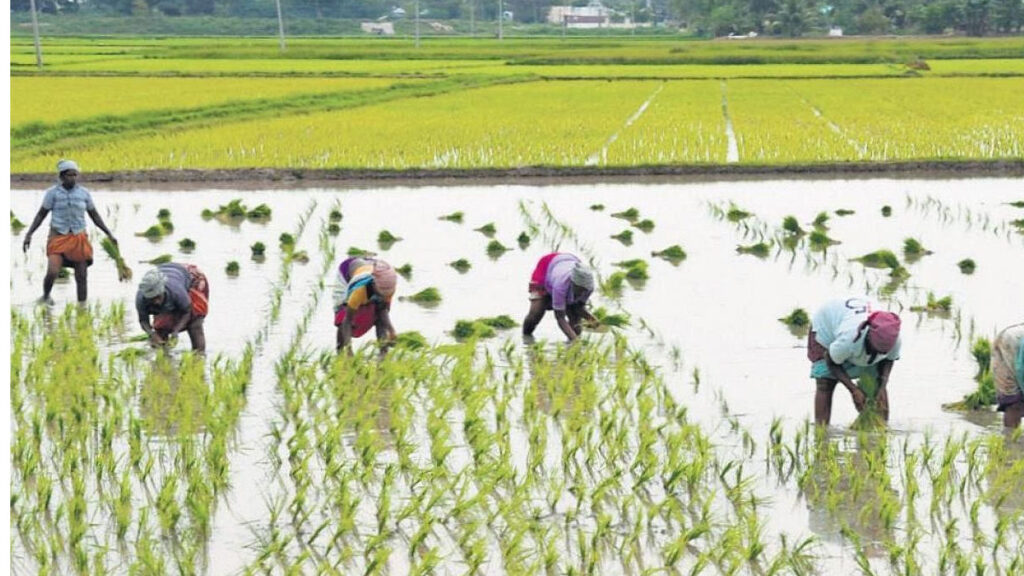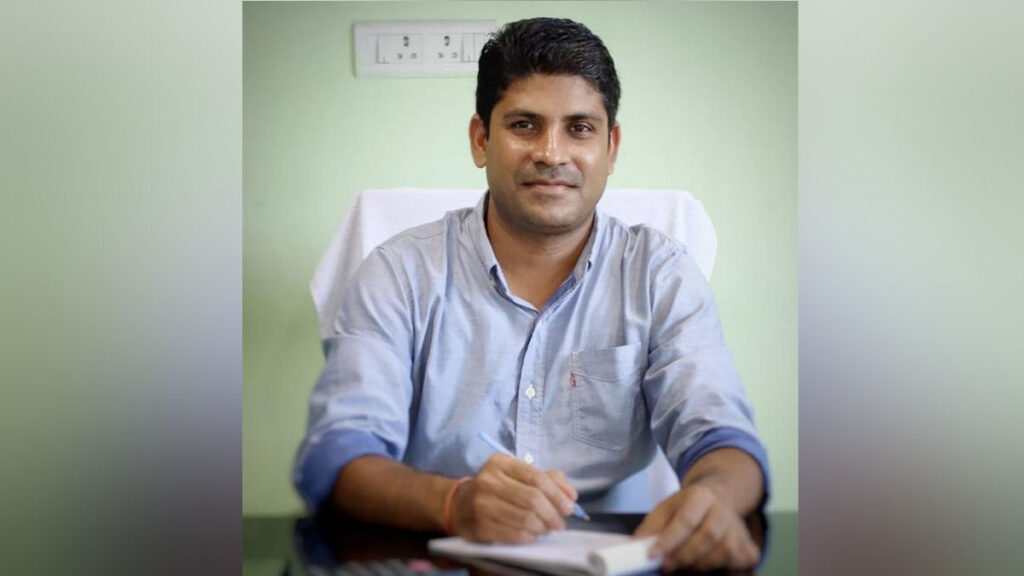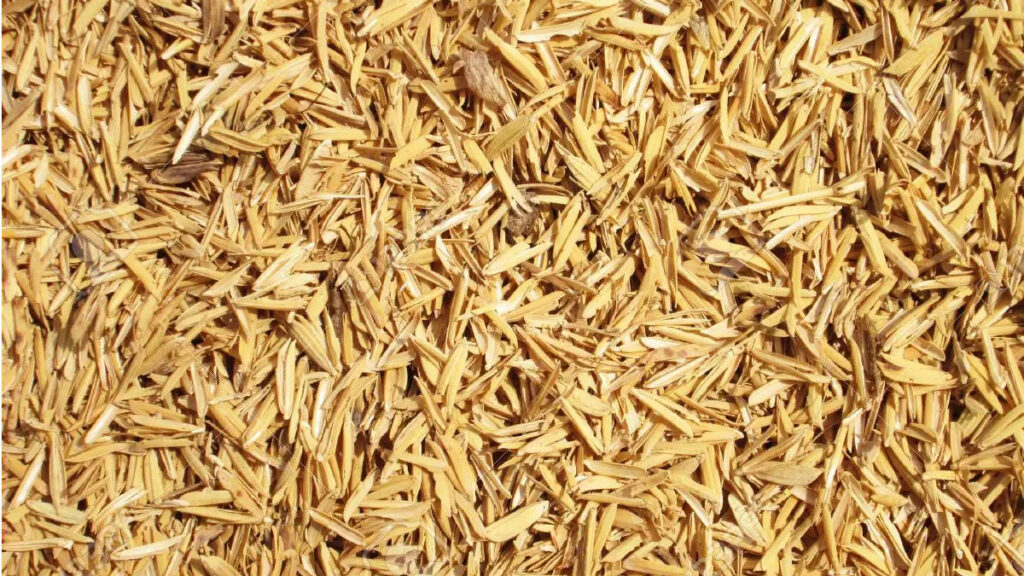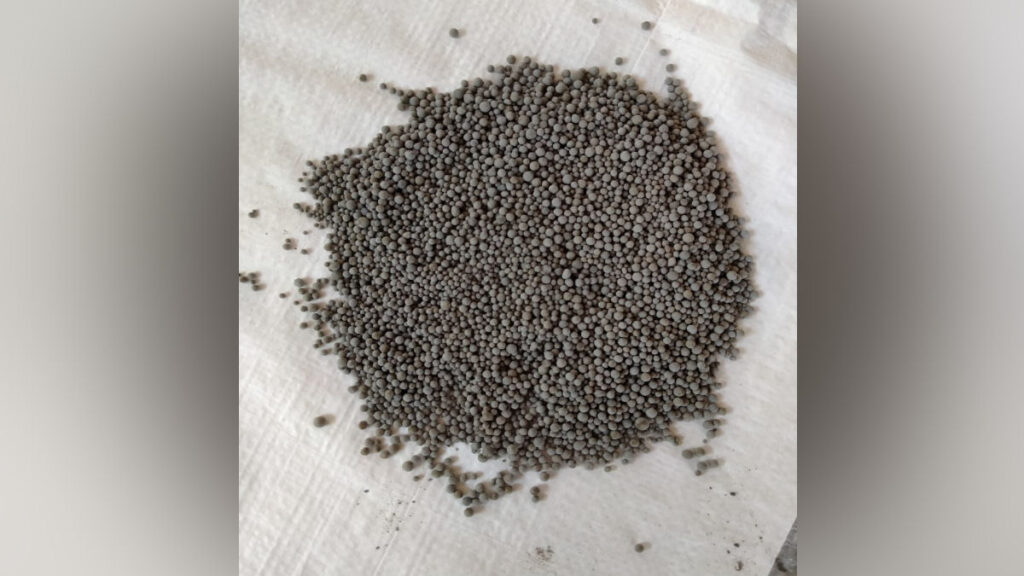Turning Rice Husk Ash To Black Gold
The amount of rubbish we produce is growing more rapidly than both our population and our economy. Recycling has been the main approach for recovering resources and reducing landfill over the past 20 years, but a lot more needs to be done. One effective part of the solution is the concept of ‘waste-to-energy’. It is using a range of thermal or biological processes to capture the energy embedded in waste and making it available for the direct generation of heat and electricity, or for solid fuel production (also known as ‘processed engineered fuel’).

As a staple food for much of the world, rice production is widespread. However, it also results in the generation of large quantities of non-food biomass, primarily in the form of straw and husks. Although they have been little utilised and much rice straw is still simply burned, these lignocellulosic materials potentially have considerable values.
A Kalahandi rice miller has found an innovative alternative to put these wastes into use. Bibhu Prasad Sahu is one such entrepreneur or agripreneur to be accurate, who has taken this green concept to generate the desired outcome as well as enhance the economy. From turning rice husk ash into non-polluting pellets that aid steel production to providing employment to the locals, he has set an example of strong will power and dedication.
Venturing into agriculture
Twenty years down the lane, when most of Bibhu’s fellow villagers were cultivating paddy, the 20-something young lad went into rice milling. A decade and a half later, when rice husk waste from his mill drew resistance from locals, he turned the ash into ‘gold’.

The journey started on a modest note when Bibhu was a para-teacher. After completing Bachelors of Science degree from Government College, Bhawanipatna, he pursued CT training and joined as a para-teacher in 2000. However, the dream of owning a venture was compelling and he quit the job two years later. With farmers of the area mostly cultivating paddy, Bibhu saw an opportunity. He took a loan and opened a rice mill with the name Haripriya Agro Industries at Paiksadhel village located in the Ayacut area of Utei medium irrigation project.
Starting out
Back in 2015, a year after Bibhu had established his boiled rice mill in Madanpur Rampur village in Kalahandi district, it had become a necessity for him to either dump or convert large amounts of rice husk ashes into something usable. Perturbed and perplexed, Bibhu was desperate in his search for an organic method of recycling the waste generated in his mill. A few years later, he was successful in resolving the crisis and the result was a useful invention.

From rice husk ash, Bibhu and his team made ball-shaped thermal insulators, which are now being used in some leading steel plants. Rice husk is used as a thermal insulator in steel ladles and tundishes for controlling the non-uniform solidification of the hot metal during the process of casting. “Rice husk has low thermal conductivity and a high melting point. But, spreading rice husk over the ladles for combustion isn’t a perfect solution,” he said.
Overcoming hurdles
Problems started in 2017 when some locals objected to his dumping of RHA. They alleged that the waste was causing air pollution. “It was a bitter experience but also a blessing in disguise as it forced me to think of alternative ways to use the husk ash,” he said. Bibhu used to transfer the ash into gunny bags and place them in his unused 10,000 square feet godown near the mill. Soon, the godown ran out of space considering the large quantity of RHA produced daily.

Transportation of the husk isn’t easy. Not just that, the combustion of rice husk emits smoke. Considering all such issues, Bibhu realised that rice husk ash pellets would be more convenient to be used as insulators. “The pellets burn uniformly, don’t emit smoke and are also 10 to 15 per cent cheaper than other insulators,” he claimed.
“I wanted to recycle the rice husk ash, which if left untreated, can cause air pollution. We sent rice husk ash samples to a laboratory in Raipur. Sahu had to look for options and searched the internet where he came across a research paper which said that RHA contains 85 per cent silicon and the granules generated from it can be used in steel industries, tyres and pesticide manufacturing units. With its fine insulating properties and having a high melting point and low thermal conductivity, RHA is widely used in the steel industry to produce high quality steel. It is also used during casting metals to support the slow cooling process and coating of molten metals in the steel industry, the research paper mentioned. Now the only challenge was how to convert the ash into pellets,” he shared.
Bibhu accepted the challenge. “I didn’t have the knowledge to make pellets out of rice husk ash. I roped in experts from Maharashtra, Gujarat, West Bengal, and some other states. But all efforts went in vain. None could come up with any solution,” said Bibhu, who was in a desperate search to find an alternative to using these wastes.
Turning green
The agripreneur, who had quit his job in 2007 to venture into the paddy business, turned to his roots for finding an amicable solution to the ‘pellet problem.’ “After giving it a lot of thought, I consulted with my manager, Ranjit Rana, and sent him to the village, and advised him to connect with four to five local youths from the potters’ community. They have innate knowledge about the earth and its elements. I brought them to my mill. I also took the help of the engineers to fabricate the machines used in the mills. Finally, we were able to shape the ash into pellets,” said Bibhu, who had conceived the idea of converting the ash into balls during his interaction with the experts at a steel factory in Egypt in 2018.
After many unsuccessful trials, they designed a machine which could successfully make tiny balls of RHA. They made two more similar machines and Bibhu hired them for generating RHA pellets.
Exploring opportunities
Bibhu sent small samples of RHA generated from his rice mill to different steel industries and in early 2018 he was invited by EZDK, the first steel plant in Egypt, to demonstrate its use in production of steel. He did not just meet the EZDK demand with the indigenous designs, he also applied for patent, trademark and design certification for the machinery and know-how of generating RHA pellets at the National Research Development Council, Visakhapatnam which were granted. The same year, his innovation was also recognised by Startup Odisha which sanctioned Rs. 15 lakh for developing the model. Besides, CRRI at Cuttack provided him another Rs 24 lakh for the purpose.
The EZDK company was impressed and handed him an order of supplying granular pellets of the RHA. However, he didn’t have machines to generate pellets on a commercial scale. “There were no machines available across the country to generate RHA pellets. Some companies assured me to make the machinery but failed”, recalled Bibhu.
Tasting success
The first consignment of the pellets, manufactured under the banner of Haripriya Agro Industries, was shipped to Saudi Arabia in 2019.
His mill generates around 3 tonnes of rice husk every day. A tonne of rice husk ash pellets cost between Rs. 12,000 to Rs. 18,000, depending on the transportation cost. In 2019, Bibhu claimed to have made about Rs. 20 lakh by exporting 100 tonnes of pellet. But, the business didn’t pick up pace amid the pandemic and subsequent lockdown owing to an increase in freight charges. “Now, I am focusing on domestic clients so that the transportation cost is not much,” he said.
“The world is now in dire need of eco-friendly and sustainable alternatives to improve the quality of life in it. Since the world is corrupted with pollution and toxic amounts of materials, finding ways to convert waste into energy is a meagre yet giant leap in saving the planet. This is a good call in terms of sustainability. Going eco-friendly also improves your quality of life in terms of mortality, age, diseases, etc. If my venture is helping nature and also providing employment to the locals of the village in this age of unemployment, then it is my biggest achievement,” he signed off.
Today, the 40-year-old supplies RHA pellets to steel industries in Egypt, Ukraine, Bahrain and Taiwan and is exploring opportunities in Japan, Germany and Australia. That’s not all. His waste to pellet model has drawn recognition not only from steel makers across the world but also from R&D bodies.

Author: Aafreen Firdaus
Aafreen is a doting mother to several kitties and a doggo who loves to pamper everyone with delicious food. She is a free spirit and a wizard of words and she loves to tell beautiful stories through her writing. She is also a loving and caring soul, always ready to pitch in with a helping hand and a smile on her face.
Read more from author


